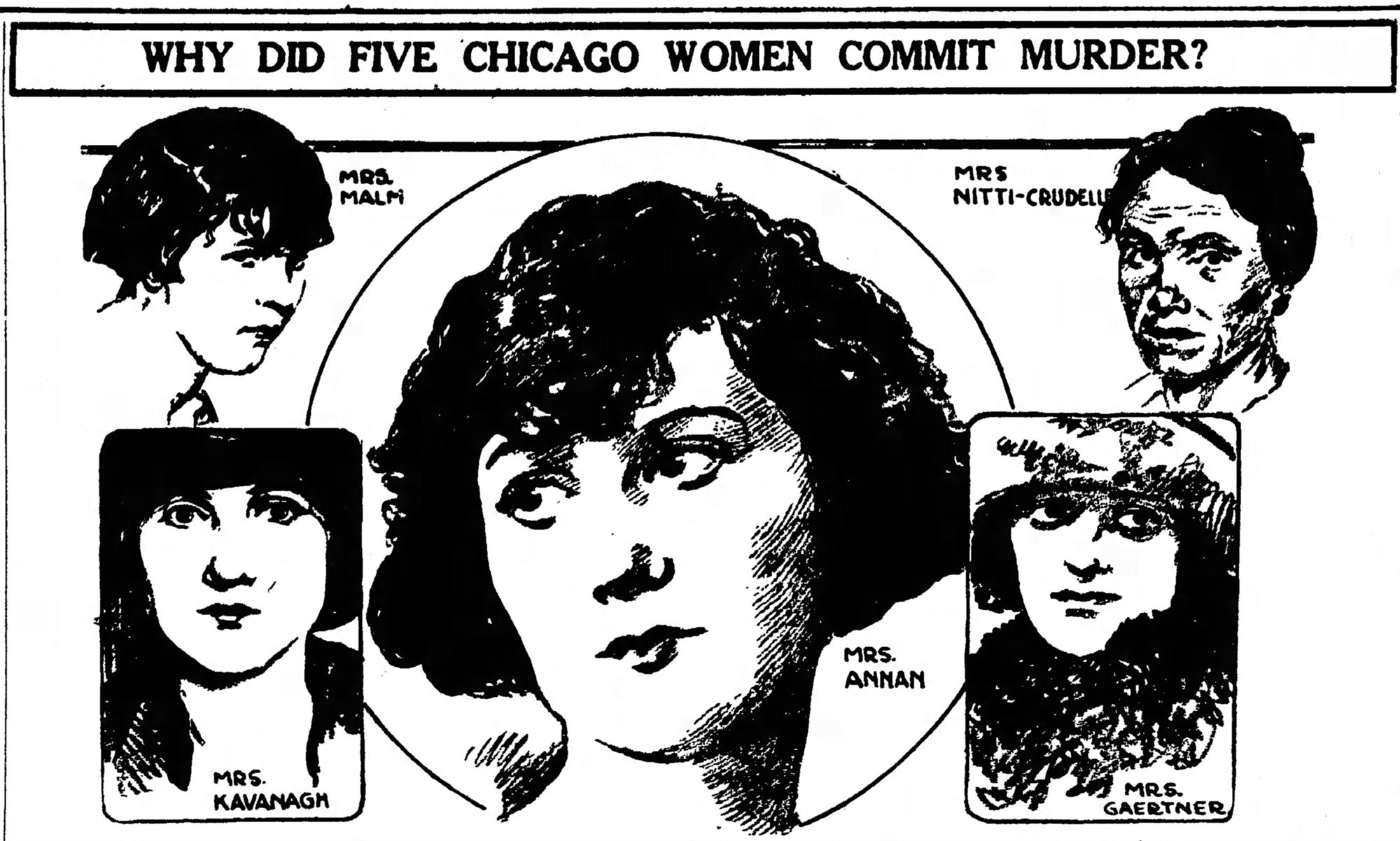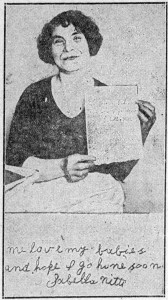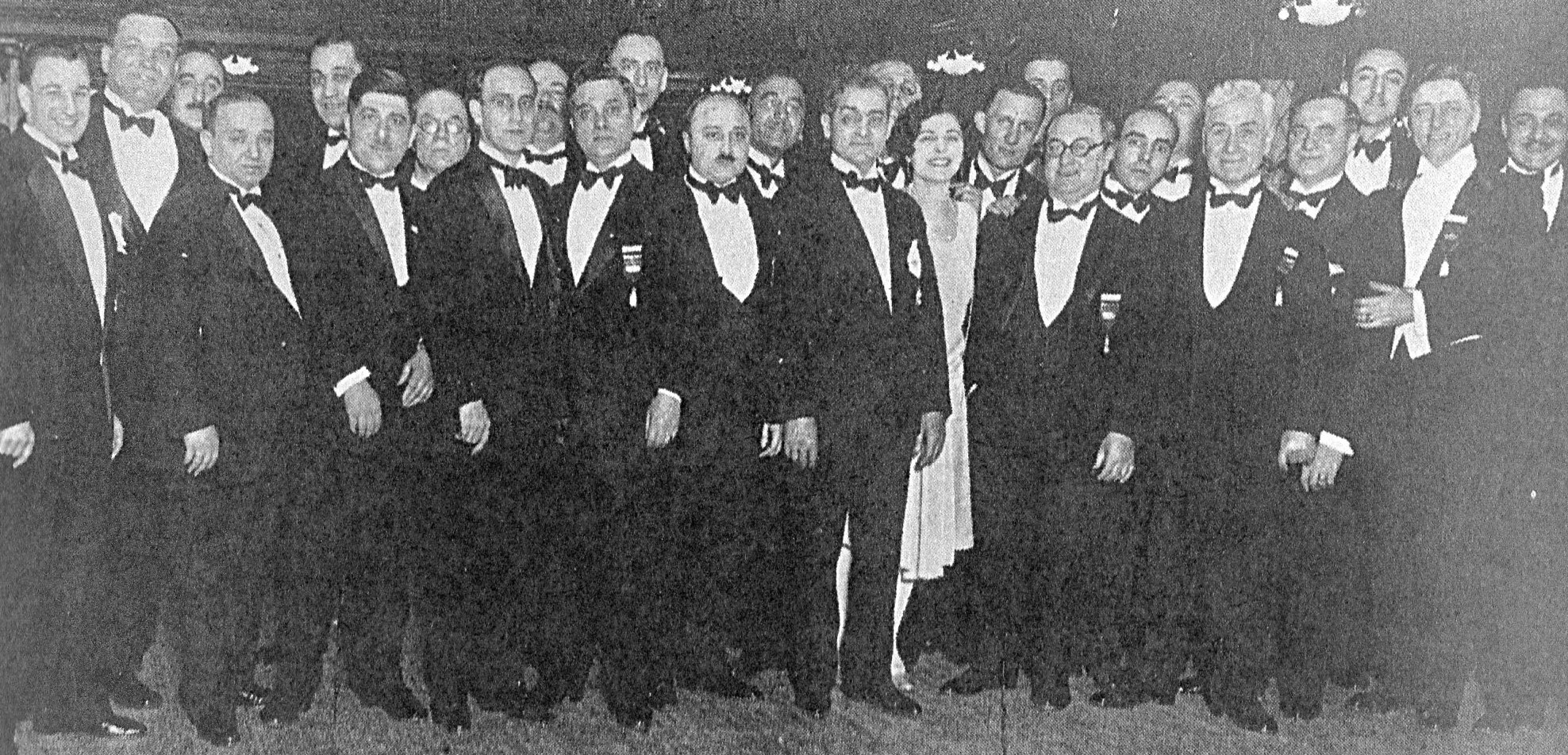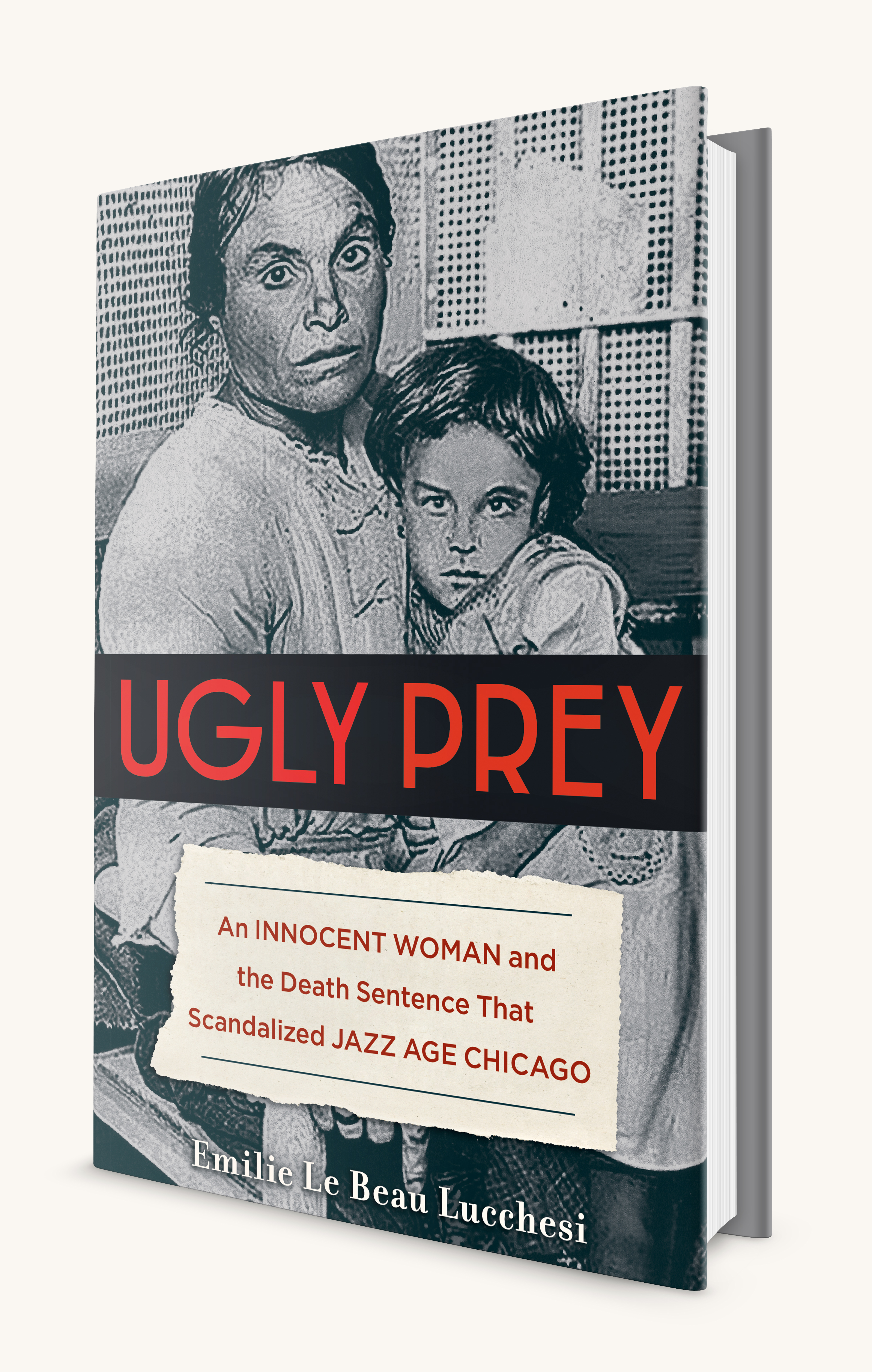 Everyone who has seen the popular musical-turned-movie Chicago knows about the beautiful women arrested for murdering their lovers during the Jazz Age. Beulah Annan and Belva Gaertner, who inspired the characters Roxie Hart and Velma Kelly, were beautiful, glamorous, and were accused of committing murder. Both women charmed the all-male juries and were quickly acquitted. But few remember their fellow inmate Sabella Nitti, an Italian immigrant who was the first woman ever sentenced to hang in Chicago in 1923 for the alleged murder of her husband. The media at the time portrayed her as hideous, dirty and malicious because of her appearance and her Italian ethnicity, convincing many people that she did commit the crime. As a result, many other Chicagoans questioned the fairness of the “poor ugly immigrant’s” conviction.
Everyone who has seen the popular musical-turned-movie Chicago knows about the beautiful women arrested for murdering their lovers during the Jazz Age. Beulah Annan and Belva Gaertner, who inspired the characters Roxie Hart and Velma Kelly, were beautiful, glamorous, and were accused of committing murder. Both women charmed the all-male juries and were quickly acquitted. But few remember their fellow inmate Sabella Nitti, an Italian immigrant who was the first woman ever sentenced to hang in Chicago in 1923 for the alleged murder of her husband. The media at the time portrayed her as hideous, dirty and malicious because of her appearance and her Italian ethnicity, convincing many people that she did commit the crime. As a result, many other Chicagoans questioned the fairness of the “poor ugly immigrant’s” conviction.
Chicago Review Press’s forthcoming book Ugly Prey: An Innocent Women and the Death Sentence That Scandalized Jazz Age Chicago finally shares Sabella’s forgotten story.
Author Emilie Le Beau Lucchesi answers our questions about the book below.

A falsely convicted immigrant based on Sabella Nitti was a minor character in the movie and Broadway musical Chicago. For those who haven’t read Ugly Prey, can you explain why Sabella’s trial was overshadowed by the other women’s stories and never fully represented in these productions?
Sabella was in jail alongside the two women who inspired the lead characters. Both of these women were glamorous, guilty and not one bit sorry. The newspapers were captivated. They deemed Beulah Annan to be “Chicago’s prettiest slayer” and Belva Gaertner to be the most fashionable.
Sabella, in contrast, was labeled ugly, foreign and dangerous. She was innocent, but her story wasn’t sensational. It didn’t entertain readers like Belva and Beulah. I think the song “Razzle Dazzle” in the musical Chicago best sums it up. Belva and Beulah sparkled their way into the collective memory. Sabella faded into the background. Her trial was a terrifying reminder of how the system designed to protect us can indeed fail.
When did you first hear about Sabella’s trial? What made you want to research the trial and write a book about it?
I was wandering through the bookstore and I saw Douglas Perry’s The Girls of Murder City. The book tells the true story of Maurine Watkins, the reporter who was inspired to write the play Chicago after covering the trials of several famed gunwomen. Perry included a photograph of Sabella and I was captivated. I didn’t see a dirty, dangerous woman. I saw a scared immigrant who was being abused.
I ordered the 700-page trial transcript from the state archives and began investigating. The more I dug, the more I realized Sabella was innocent. I wanted to pull Sabella from the shadows and tell her story. It was time to push Belva and Beulah to the sides and put Sabella front and center.
 Sabella was clearly subjected to this faulty trial because of her appearance and ethnicity. It wasn’t until Helen Cirese, the brilliant and beautiful 23-year-old lawyer, and Margaret Bonelli, the wife of defense team member Nuncio Bonelli, joined forces with the defense team during the appeals process that Sabella got a makeover, received emotional support and had assistance with learning English. Do you think the outcome of Sabella’s appeal would’ve been different if these two women hadn’t stepped in?
Sabella was clearly subjected to this faulty trial because of her appearance and ethnicity. It wasn’t until Helen Cirese, the brilliant and beautiful 23-year-old lawyer, and Margaret Bonelli, the wife of defense team member Nuncio Bonelli, joined forces with the defense team during the appeals process that Sabella got a makeover, received emotional support and had assistance with learning English. Do you think the outcome of Sabella’s appeal would’ve been different if these two women hadn’t stepped in?
Absolutely.
Helen and Margaret turned Sabella from a woman who was perceived as foreign and dangerous into one who looked like she belonged at a women’s club flower show. In doing so, they effectively killed the prosecution’s case. The prosecution depended on fear of the Other to sell their flimsy case to the jury. After Helen and Margaret transformed Sabella from foreign to familiar, how could the prosecution move forward?
It was brilliant strategy on Helen’s part. She never hid her efforts from the newspapers. She made it clear that it was necessary trial strategy. I’m impressed how she simultaneously criticized yet manipulated the system.
Was there a particular part of Sabella’s story you came across in your research that you found especially fascinating?
Her first attorney’s incompetence! Eugene A. Moran was at the start of a downward spiral during her trial, which was evident in his nonsensical behavior. When I reread the trial scenes, I actually laugh at a few parts. He was obsessed with why the corpse alleged to be Sabella’s husband wasn’t wearing underwear. It was all so bizarre. Yet everyone went along with it—the judge, the jury and the newspaper reporters. They all firmly believed that she was guilty that they didn’t question the illegality of the trial.
I was also interested in Sabella’s past history as a “white widow.” A “white widow” was a woman whose husband left their country of origin and tried to immigrate to the United States. Often it took more than a decade for the wife and children to join him.
One of my great grandmothers was a white widow from Abruzzo, so the experience was on my radar when I began researching. Knowing that Sabella was also a “white widow” allowed me to consider her case in new ways. For example, was Francesco murdered, or did he simply walk off? The couple was obviously used to living without each other.
What do you think happened to Sabella’s husband, Francesco Nitti?
I think there is a strong possibility that Francesco abandoned his family. There was money missing after his absence. He had also disappeared earlier in the month and then resurfaced after a few days.
If Francesco did leave his family, I think he did so with assistance from James, his oldest son. The previous year, James snuck off to Michigan and lived under an assumed name to avoid his wife. He might have helped his father do the same. Then again, James so aggressively pointed the finger at his mother. So was he the murderer?
There are other possibilities. Only a few legal scholars have studied the case, but they tend to share a suspicion that the second son, Michael, was responsible. Michael brutally beat Francesco a few weeks prior to his disappearance. Michael was then was notably absent during the trial.
We simply don’t know. I am confident, however, that the decayed corpse found in the Berwyn catch basin was not Francesco Nitti. It was nonsense evidence in a nonsense trial.
 Sabella’s defense team on appeal was made up of all of the founding members of the Justinian Society of Lawyers, a group of Italian lawyers in Chicago who joined forces in 1921. How important was it to have a team of Italian American lawyers who could recognize the discrimination surrounding Sabella in the media?
Sabella’s defense team on appeal was made up of all of the founding members of the Justinian Society of Lawyers, a group of Italian lawyers in Chicago who joined forces in 1921. How important was it to have a team of Italian American lawyers who could recognize the discrimination surrounding Sabella in the media?
I think it took an “outsider” who could read between the lines to recognize that something was terribly amiss. Genevieve Forbes, a reporter for the Chicago Daily Tribune, flatly told readers that Sabella was guilty. She even called her “a crouching animal.” Another reporter called Sabella a “monkey.”
Defense attorney Helen Cirese was also an outsider. She knew what it like to be oppressed by stereotypes. She was young, beautiful, female, and Italian American—no law firm wanted her. She started her own practice and Sabella was one of her first clients.
The others on the defense “team of six” had also endured discrimination. The Chicago legal community was hell-bent on blocking Italians from elected and appointed positions. In my research, I found news articles in which members of the defense team tried to run for an elected position. The local bar association opposed them every time, even when they acknowledged the candidate qualified.
The Justinians were founded to help Italian attorneys rise above such discrimination. The “team of six” risked so much to help Sabella in her darkest moment

“[Lucchesi’s] inclusion of contemporary sensational Chicago trials helps readers place the importance of the case. For lovers of historical true crime.” —Library Journal
Good Day, Chicago (TV interview)
Ugly Prey: An Innocent Women and the Death Sentence That Scandalized Jazz Age Chicago arrived on shelves on May 1, 2017 and is available wherever books and e-books are sold.
[Get it now $27] [Request a review copy]
No Comments
No comments yet.